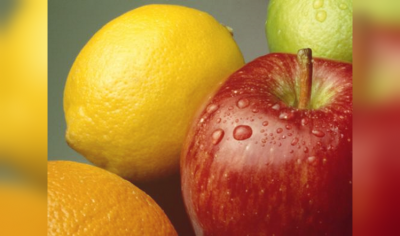Food safety opinion
Illegal dyes in the food industry: colouring our judgment

Synthetic dyes are mainly used industrially in waxes, shoe/floor polishes, plastics, oils, and textiles, and fall outside of the colours permitted for use in food by the Colours in Food Regulations 1995, and its subsequent amendments. Therefore, the colours not listed in the regulation are illegal for use in food.
The production costs associated with synthetic dyes are much lower when compared to most natural dyes, and they also provide more stability and persistency.
Sudan Dyes
The Sudan dyes have been of specific concern for food safety since the first high-profile report of Sudan one was detected by a French lab in chilli products in 2003.
In the following years it was discovered that Sudan one adulteration was far-reaching and has led to many product recalls. Of note is the 2005 recall in the UK in which more than 400 food products with Worcestershire sauce as an ingredient were recalled due to the sauce itself containing contaminated chilli powder.
The Sudan dyes fall into a family of synthetic dyes widely known as Azo dyes that are associated with vibrant red and orange hues. They are typically applied advantageously to spices to enhance their aesthetics and therefore their appeal to the consumer. Generally, it is considered the brighter and more vibrant a spice of this kind is, the higher the perceived quality.
It comes as no surprise that the prime targets for addition of illegal dyes are the more vivid spices such as chilli powders, paprika and curry powders. Not only are these spices a popular household item, but they are also commonly incorporated into food ingredients to create flavour and colour so it would seem there is a lot to gain financially from disguising these spices as high-quality products.
A danger to Public Health
Once some azo dyes are ingested and metabolised, they are suspected of being able to cause genetic defects. As such they been classified by the International Agency for Research on Cancer as category 3 carcinogens, making any amount of these non-permitted dyes undesirable in the food chain due to their potential endangerment to public health. They are also implicated in allergic skin reactions and irritation.
Despite their genotoxicity, the use of prohibited dyes in foodstuffs seems to be persisting. There were 13 alerts categorised as serious relating to illegal dyes and unauthorised colours by the Rapid Alert System for Food and Feed (RASFF) in 2020 alone.
Screening is recommended
Since 2006, a limit of 500 parts per billion has been applied to illegal dyes in food ingredients, including spices and palm oil. However, the standing committee responsible for setting this limit stressed that any level of contamination should be investigated, and measures should be taken to reduce levels as much as possible.
Screening is most favourable method of testing as it targets 21 of the commonly encountered illegal dyes in a single test, including the Sudan dyes and other colours in the Azo family. Testing is rapid and sensitive, with results received in just a few days, and to protect your business from prohibited use of illegal dyes, or to have some further support you may require it on colours, dyes and beyond.
Kendall Baker is scientific lead at Food Forensics
















